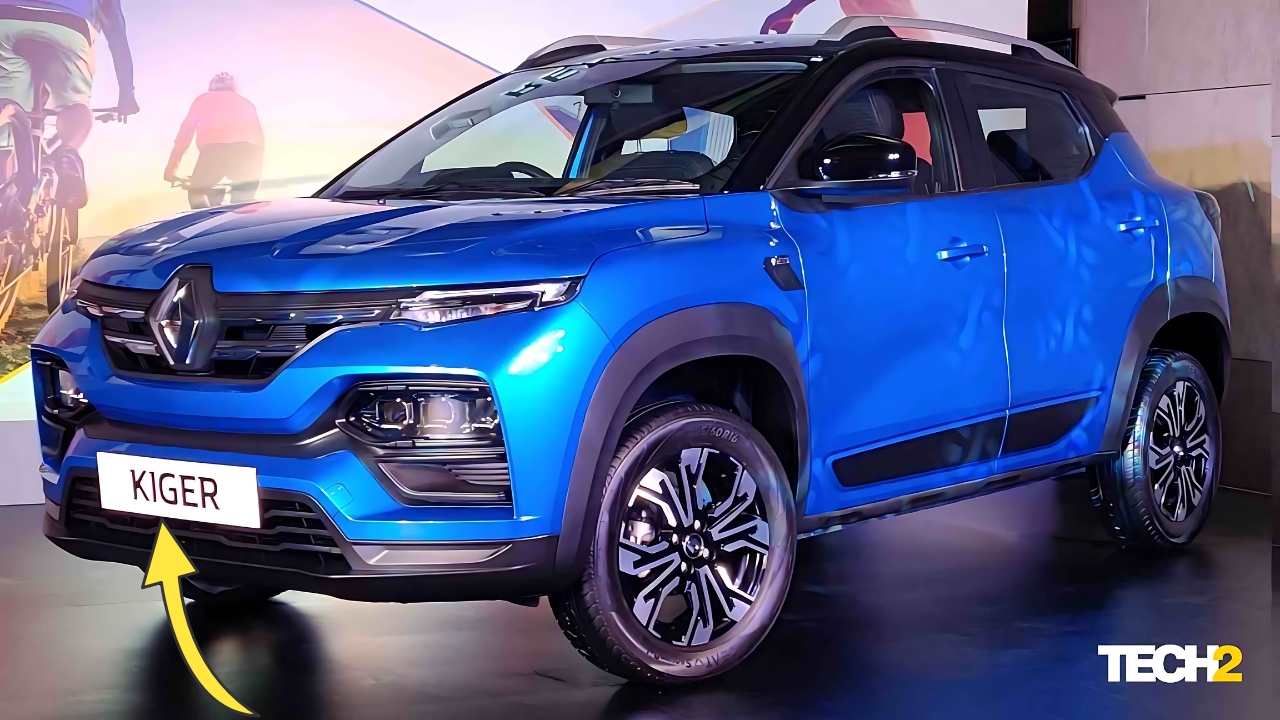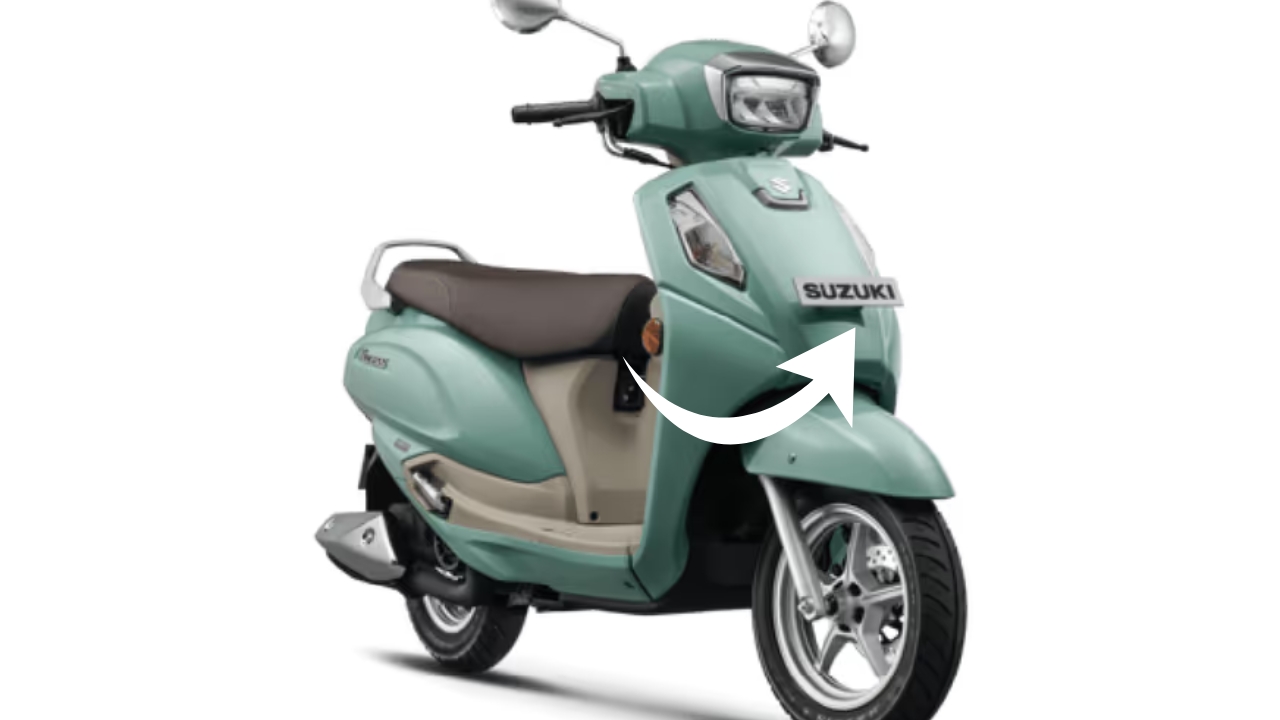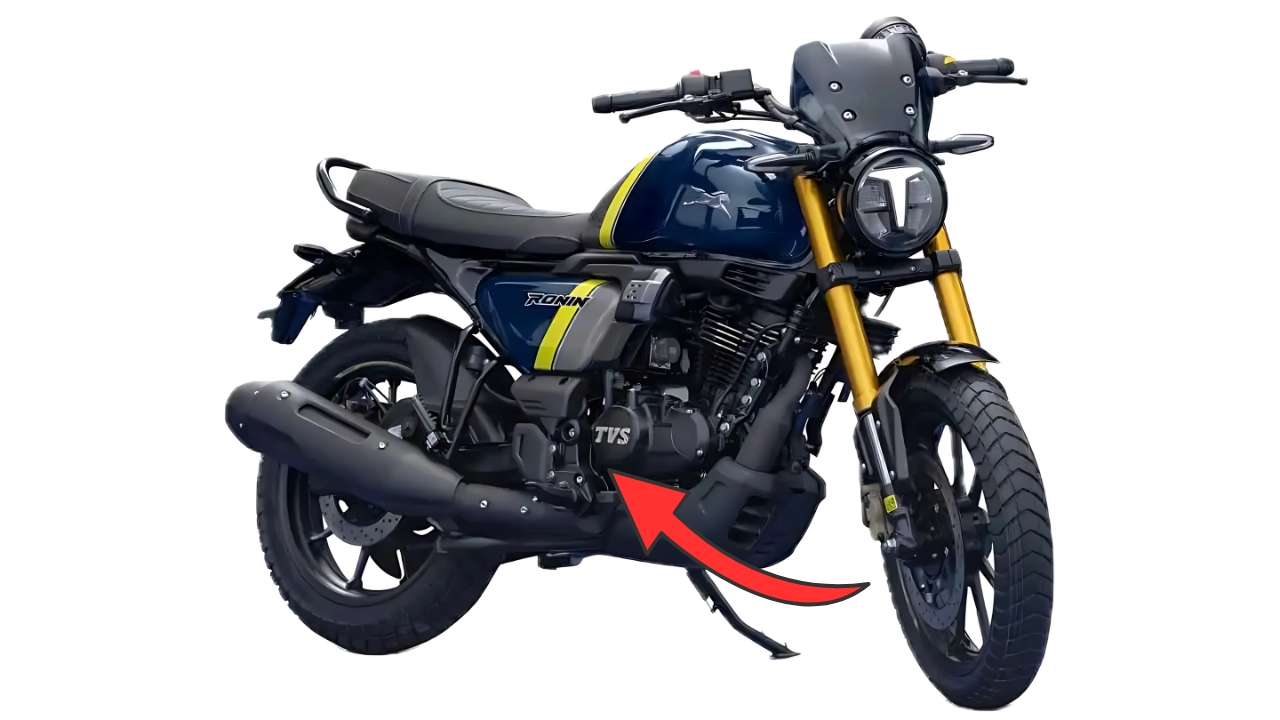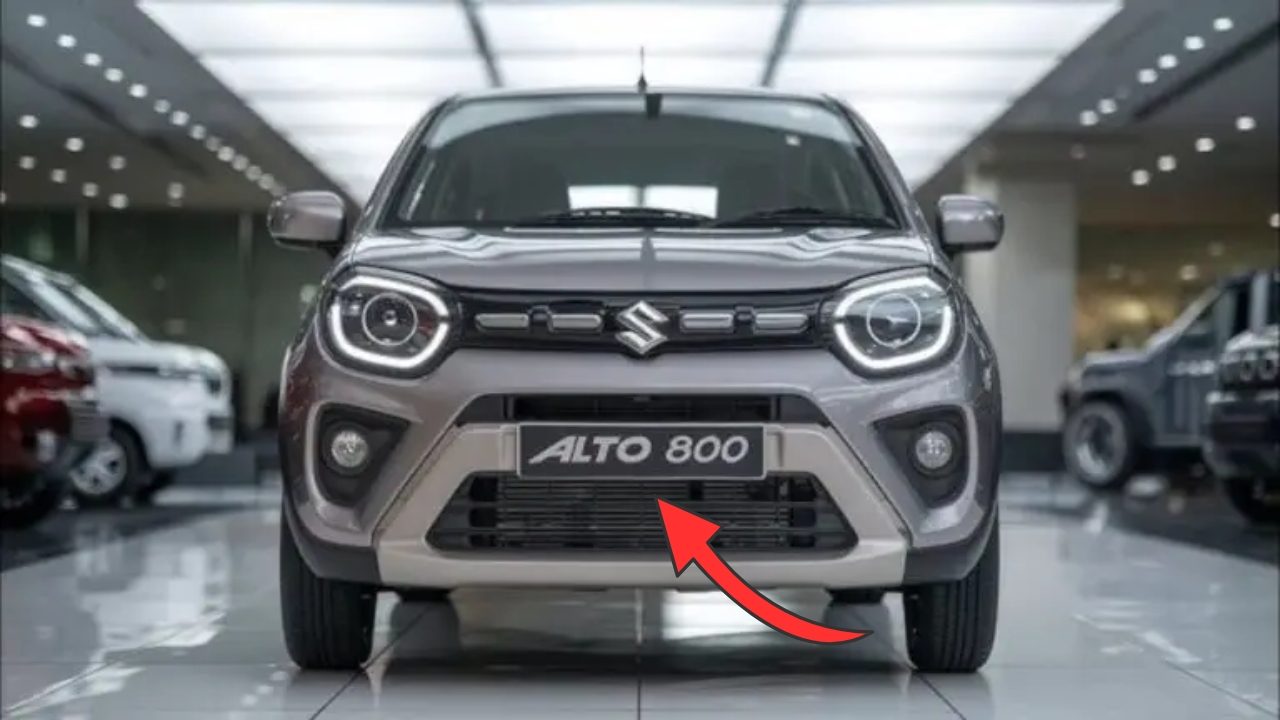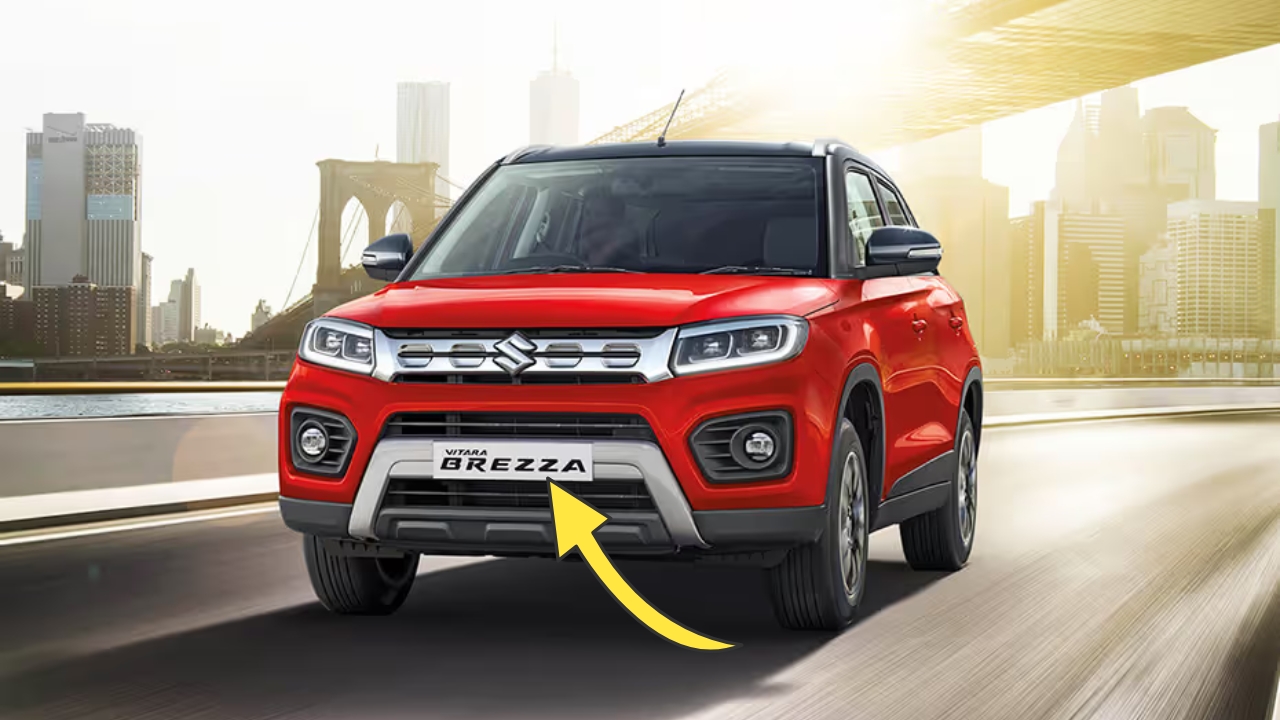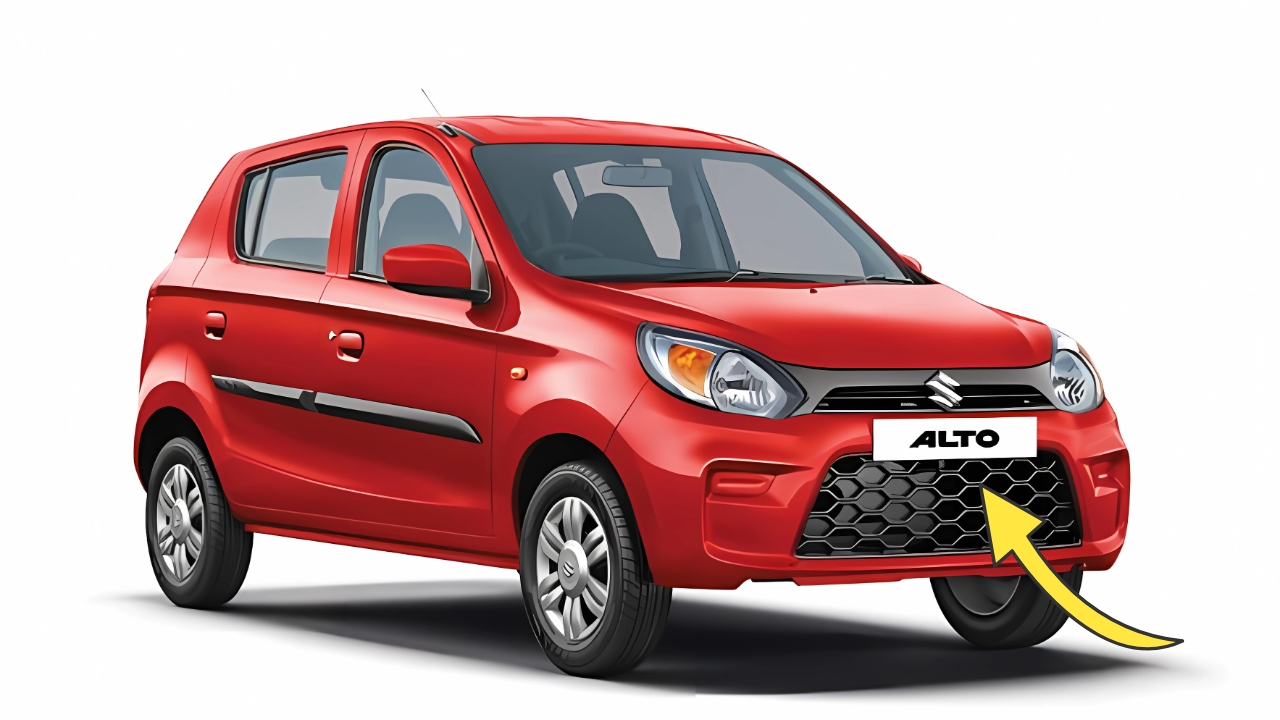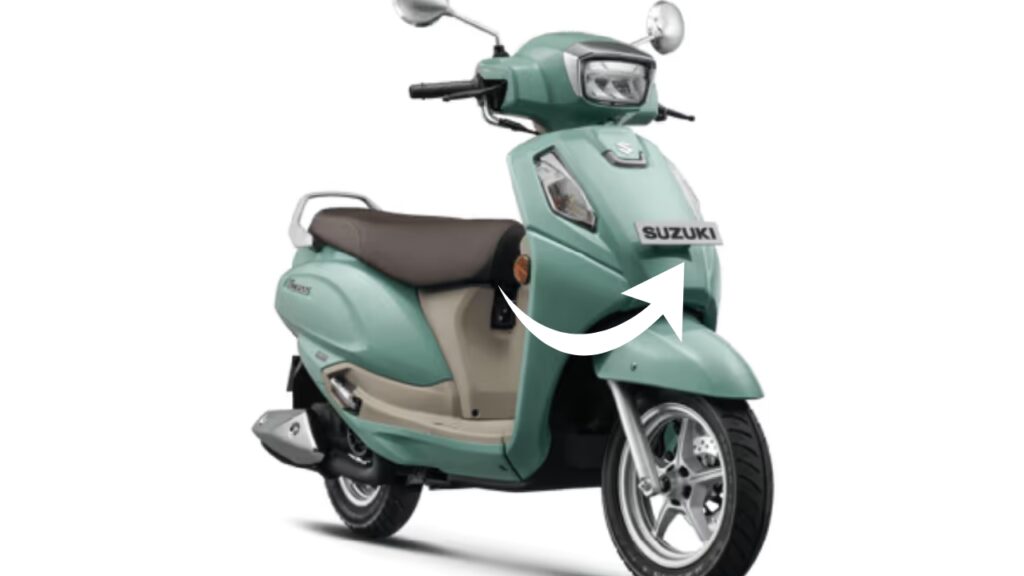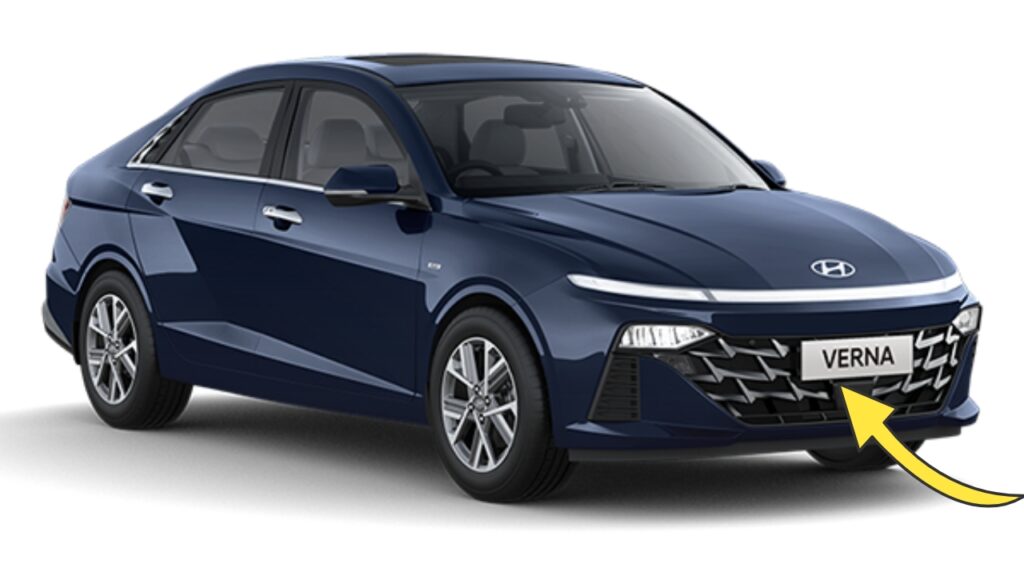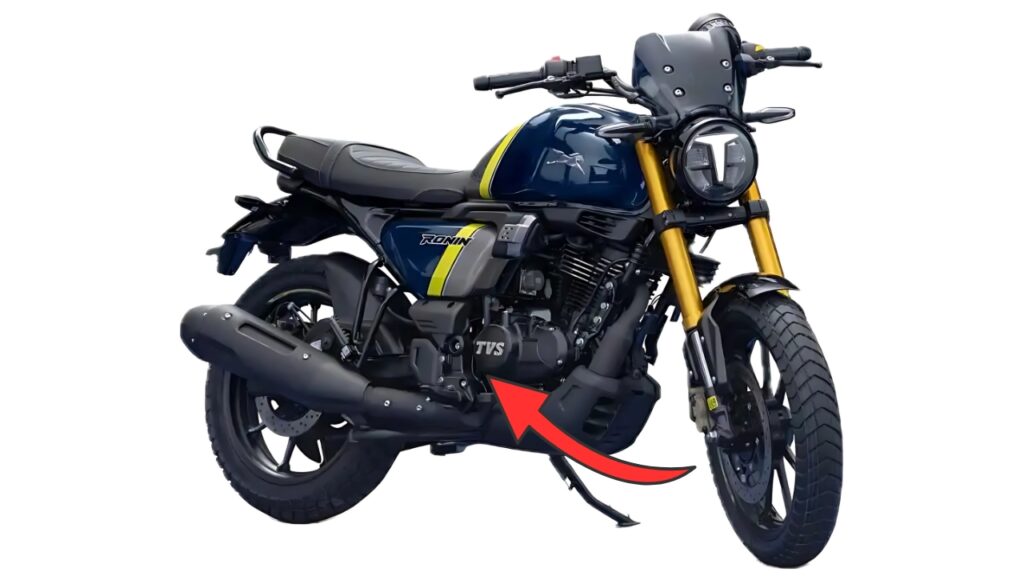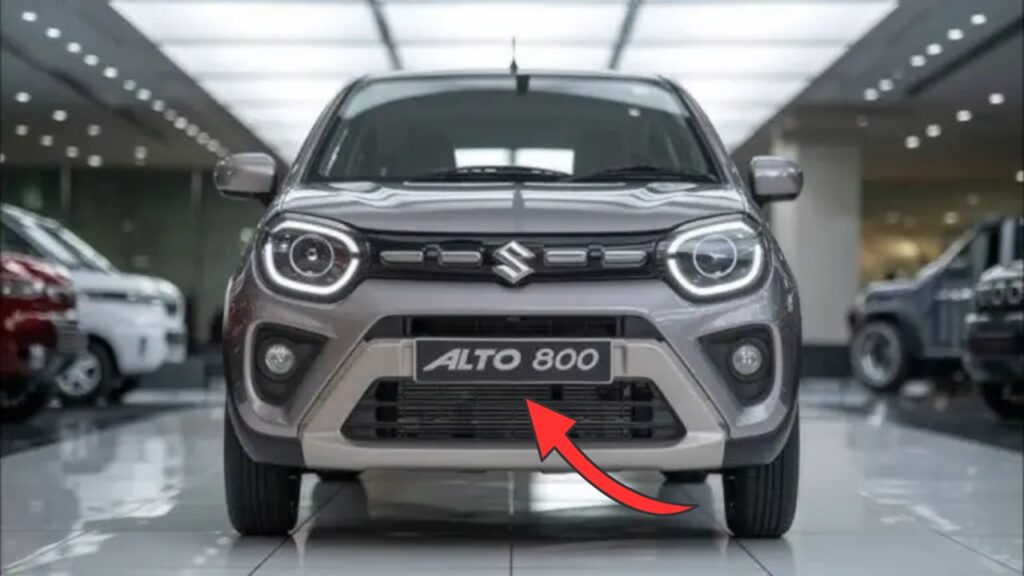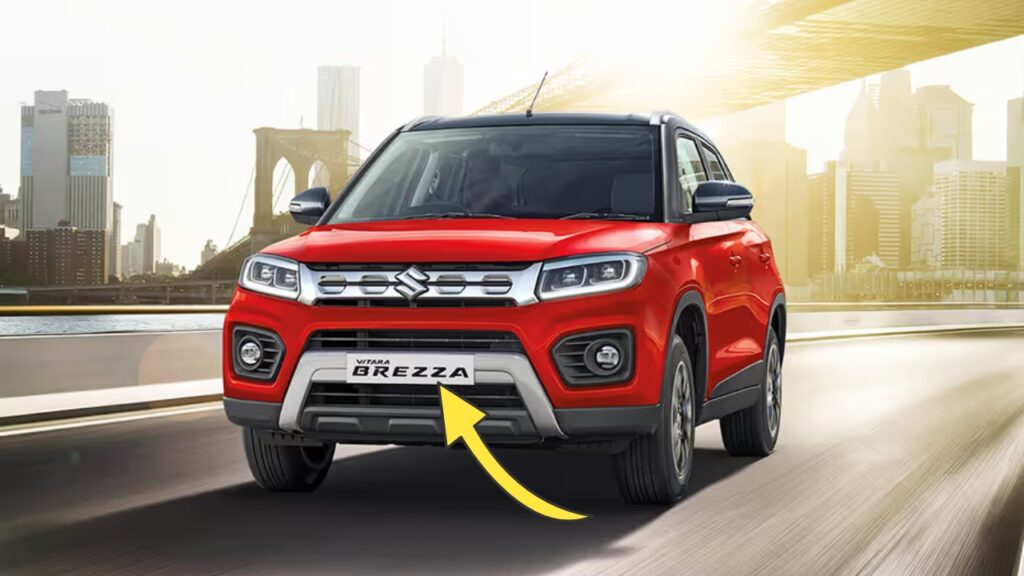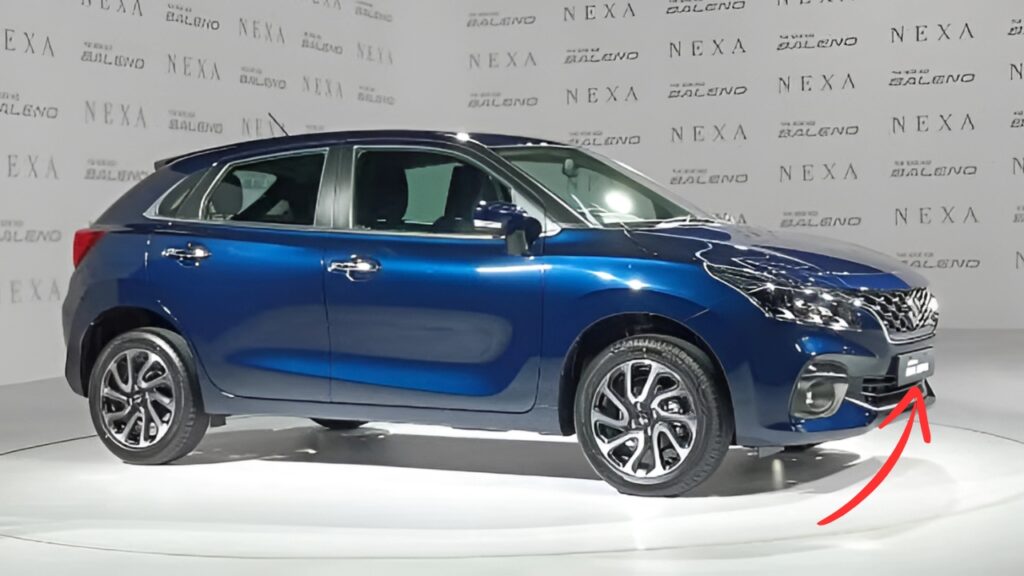Renault Kiger: In the fiercely competitive Indian compact SUV market, the Renault Kiger has established itself as a value-focused contender that punches above its weight class.
Launched in early 2021 and receiving notable updates in 2024, this sub-4-meter offering represents Renault’s strategic approach to capturing market share in one of India’s fastest-growing automotive segments.
This analysis explores the Kiger’s position in the market, examining its design philosophy, performance characteristics, feature set, and overall value proposition to determine whether it remains a compelling choice for budget-conscious SUV buyers in 2025.
Renault Kiger: Design Evolution: European Flair Meets Indian Roads
The Renault Kiger showcases distinctive European styling cues that set it apart from many of its competitors. Unlike the boxy designs common in the segment, the Kiger adopts a more fluid, coupe-like silhouette with a tapering roofline and raked rear windscreen.
The front fascia features the signature Renault grille flanked by split headlamp units – LED daytime running lights positioned above, with the main headlamp clusters housed lower in the bumper.
With the 2024 update, the Kiger received subtle styling enhancements while maintaining its core design identity. New exterior elements include revised LED lighting signatures and updated alloy wheel designs.
The side profile is characterized by pronounced wheel arches and a strong character line that runs the length of the vehicle, while the rear showcases distinctive C-shaped LED taillights that provide a unique lighting signature at night.
Available in a range of vibrant colors including Caspian Blue, Moonlight Silver, Ice Cool White, Radiant Red, and Stealth Black (with dual-tone roof options available on select variants), the Kiger allows buyers to express their personality through their choice of exterior finish.
The SUV’s stance is accentuated by its impressive 205mm ground clearance and functional roof rails capable of supporting up to 50kg of weight.
Despite sharing its platform with the Nissan Magnite, the Kiger maintains a distinctly Renault identity that aligns with the brand’s global design language.
Its proportions are well-balanced, and the overall aesthetic manages to appear more premium than its price point might suggest.
Interior: Practicality Over Plushness
Step inside the Kiger, and you’re greeted with a cabin that prioritizes functionality and space efficiency over premium materials.
The dashboard layout is straightforward, with a floating touchscreen infotainment system taking center stage. The 2024 update brought some welcome improvements to the cabin, including new semi-leatherette upholstery, a leather-wrapped steering wheel, and a bezel-less auto-dimming IRVM.
While hard plastics are prevalent throughout the interior – a concession to the vehicle’s competitive pricing – Renault has attempted to elevate the perceived quality with thoughtful design elements.
The 2022 model year update introduced red accents across the dashboard for select variants, providing a sportier ambiance to break up the otherwise predominantly black cabin.
The Kiger excels in space utilization, offering impressive headroom and legroom for both front and rear passengers despite its compact external dimensions.
The front seats provide good bolstering and support, while the rear bench can comfortably accommodate two adults with a third possible for shorter journeys. The flat floor in the rear enhances the feeling of spaciousness for middle-seat passengers.
Where the Kiger truly stands out is its class-leading storage solutions. With 29 liters of in-cabin storage compartments distributed throughout the interior and a massive 405-liter boot capacity (expandable to 879 liters with the rear seats folded), the Kiger offers exceptional practicality for its segment. The 60:40 split-folding rear seats enhance versatility for carrying larger items.
Technology and Features: Competitive Package
The Kiger’s feature list has been enhanced with the 2024 update, offering a surprisingly comprehensive set of equipment for its price point.
At the center of the dashboard sits a 20.32 cm (8-inch) floating touchscreen infotainment system with wireless Apple CarPlay and Android Auto connectivity.
This is complemented by a 7-inch digital driver information display that provides essential information in a clear, easy-to-read format.
Key features (varying by trim level) include:
-
Wireless smartphone charging
-
Automatic climate control with rear AC vents
-
Push-button start/stop
-
Cruise control
-
LED headlamps and DRLs
-
Ambient lighting
-
Bezel-less auto-dimming IRVM (new for 2024)
-
Auto-folding ORVMs with welcome and goodbye functions
-
Multi-sense drive modes (Normal, Eco, Sport)
-
PM2.5 air filter
The higher variants of the Kiger offer a genuinely comfortable and convenient driving experience with most modern amenities covered.
However, it does miss out on some features found in higher-priced competitors, such as a sunroof, ventilated seats, or a branded audio system.
Safety: Respectable Credentials
Safety has received increased attention in recent years, and the Kiger has respectable credentials in this department.
The compact SUV has earned a 4-star safety rating from Global NCAP for adult occupant protection (though only 2 stars for child occupant protection), indicating good overall crash protection.
The Kiger offers more than 15 safety features as part of what Renault calls its “Human First Program.” Standard safety equipment includes:
-
Dual front airbags (higher variants get side airbags for a total of four)
-
Anti-lock Braking System (ABS) with Electronic Brakeforce Distribution (EBD)
-
Electronic Stability Program (ESP)
-
Traction Control System (TCS)
-
Hill Start Assist
-
Tire Pressure Monitoring System (TPMS)
-
ISOFIX child seat anchors
-
Impact sensing door unlock
-
Speed-sensing door lock
-
Rear parking sensors
-
Seat belt reminder for front and rear passengers
Higher variants also receive a rear-view camera, and the Urban Night Edition introduced in 2024 features a 9.6-inch IRVM with an integrated dashboard camera.
While the Kiger doesn’t lead the segment in safety features, it offers a solid package that meets contemporary standards and provides peace of mind for family-oriented buyers.
Powertrain Options: Choice for Every Need
The Renault Kiger offers two engine options to cater to different driving preferences and budget considerations:
1.0-liter Naturally Aspirated Petrol Engine
-
Power output: 71 bhp @ 6,250 rpm
-
Torque: 96 Nm @ 3,400-3,600 rpm
-
Transmission options: 5-speed manual or 5-speed AMT
-
Fuel efficiency (claimed): 18-19 kmpl
1.0-liter Turbocharged Petrol Engine
-
Power output: 99 bhp
-
Torque: 160 Nm (manual) / 152 Nm (CVT)
-
Transmission options: 5-speed manual or CVT automatic
-
Fuel efficiency (claimed): 20 kmpl (manual) / 17.7 kmpl (CVT)
Additionally, a factory-approved CNG retrofit option has been introduced for the naturally aspirated variants, enhancing fuel economy for budget-conscious buyers.
The naturally aspirated engine provides adequate performance for city driving but can feel underpowered when fully loaded or on highways.
The turbocharged unit is significantly more engaging, offering lively acceleration and better highway cruising capability.
The turbo engine builds power progressively, with boost coming in around 1,700 rpm without the pronounced surge common in some turbocharged motors.
The 5-speed manual transmission provides direct control, though the shifts can feel slightly notchy.
The CVT automatic paired with the turbocharged engine deserves special mention – it’s well-tuned to minimize the typical “rubber band” effect often associated with CVTs, providing smooth and responsive performance.
The AMT option for the naturally aspirated engine balances convenience with affordability, though it’s not as refined as the CVT.
A unique feature of the Kiger is its multi-sense drive modes (Normal, Eco, and Sport), which alter throttle response and steering feel. Sport mode, in particular, noticeably sharpens the vehicle’s responses and is recommended for highway driving or overtaking maneuvers.
Driving Dynamics: Surprisingly Capable
On the road, the Kiger delivers a driving experience that belies its budget positioning. The suspension setup provides a good balance between comfort and handling, absorbing minor road imperfections well while maintaining composure through corners.
The high ground clearance of 205mm is a significant advantage on Indian roads, allowing the Kiger to tackle rough patches and speed breakers with confidence.
The steering is light at low speeds, making city maneuvering and parking easy, though it could use more feedback at higher velocities. Body roll is present but controlled during cornering, while straight-line stability is adequate for highway cruising.
NVH (Noise, Vibration, Harshness) levels are a mixed bag. While improvements have been made over the years, there’s still noticeable engine noise, particularly from the three-cylinder naturally aspirated unit. The turbo engine is more refined but can become vocal when pushed hard.
Road and wind noise insulation could be better, with occupants often needing to raise the audio system volume to mask ambient sounds at highway speeds.
The compact dimensions and good visibility from the driver’s seat make the Kiger easy to maneuver in urban environments, while the adequate power (especially from the turbo engine) ensures it doesn’t feel out of place on the open road.
Variants and Pricing: Something for Everyone
The Renault Kiger is available in five primary trim levels: RXE, RXL, RXT, RXT(O), and RXZ. The price range spans from Rs. 6.15 lakh for the base RXE variant to Rs. 11.23 lakh for the top-spec RXZ Turbo CVT with dual-tone paint (ex-showroom).
Here’s how the key variants stack up:
| Variant | Key Features | Approximate Price (Ex-showroom) |
|---|---|---|
| RXE | Dual airbags, ABS with EBD, LED DRLs, 16-inch wheels, power steering | Rs. 6.15 – 6.75 lakh |
| RXL | Adds 8-inch touchscreen, 4-speaker audio, manual AC, rear defogger | Rs. 7.40 – 8.73 lakh |
| RXT | Adds LED headlamps, 7-inch digital cluster, rear camera, ESP, HSA | Rs. 9.25 – 9.85 lakh |
| RXT(O) | Adds wireless charging, PM2.5 air filter, auto climate control | Rs. 9.50 – 10.05 lakh |
| RXZ | Adds 4 airbags, TPMS, cruise control, ambient lighting, auto-dimming IRVM | Rs. 10.23 – 11.23 lakh |
Special editions like the Urban Night Edition offer additional features and exclusive styling elements at a premium.
The mid-range RXT variant offers the best balance between affordability and features, providing essential modern conveniences without stretching the budget too far.
For those seeking a more premium experience, the RXZ with the turbocharged engine is recommended, especially with the CVT for urban drivers.
Ownership Experience: The Long-Term View
The ownership experience extends beyond the initial purchase price, encompassing maintenance costs, reliability, and after-sales service.
Renault offers a standard warranty of 2 years or 50,000 kilometers on the Kiger, which can be extended at an additional cost.
Maintenance costs are generally competitive, with routine services averaging between Rs. 3,000 and Rs. 5,000 depending on the service type. The service intervals are recommended at every 10,000 kilometers or annually, whichever comes first.
Renault’s service network, while not as extensive as Maruti Suzuki or Hyundai, has been expanding steadily across India.
Owner feedback on service quality has been mixed, with some reporting excellent experiences while others note inconsistencies between different service centers.
Long-term reliability reports from owners have been generally positive, with most issues being minor electrical or trim-related concerns rather than major mechanical failures.
The engines, in particular, have proven to be quite robust, with many examples crossing 50,000 km without significant problems.
Fuel efficiency in real-world conditions tends to be lower than the claimed figures, with owners reporting:
-
Naturally aspirated manual: 13-15 kmpl in city, 17-19 kmpl on highways
-
Turbocharged manual: 12-14 kmpl in city, 16-18 kmpl on highways
-
Turbocharged CVT: 10-12 kmpl in city, 14-16 kmpl on highways
Competitors: How Does the Kiger Stack Up?
The compact SUV segment in India is fiercely competitive, with numerous strong contenders. Here’s how the Kiger compares to its key rivals:
| Aspect | Renault Kiger | Nissan Magnite | Tata Nexon | Maruti Brezza | Kia Sonet |
|---|---|---|---|---|---|
| Price Range (Ex-showroom) | Rs. 6.15-11.23 lakh | Rs. 6.14-11.92 lakh | Rs. 8.10-15.50 lakh | Rs. 8.34-14.14 lakh | Rs. 7.94-13.48 lakh |
| Engine Options | 1.0L NA, 1.0L Turbo, CNG | 1.0L NA, 1.0L Turbo, CNG | 1.2L Turbo, Diesel, Electric | 1.5L NA, CNG | 1.0L Turbo, 1.2L NA, 1.5L Diesel |
| Power Output | 71-99 bhp | 71-99 bhp | 118-120 bhp | 103 bhp | 83-120 bhp |
| Ground Clearance | 205 mm | 205 mm | 208 mm | 198 mm | 190 mm |
| Boot Space | 405 L | 336 L | 382 L | 328 L | 392 L |
| Safety Rating | 4-star Global NCAP (Adult) | 4-star ASEAN NCAP | 5-star Global NCAP | 4-star Global NCAP | 3-star Global NCAP |
| Key Advantage | Boot space, value pricing | Similar platform, sharper pricing | Build quality, powertrain options | Reliability, service network | Feature-rich, premium feel |
The Kiger’s primary advantage remains its aggressive pricing and class-leading boot space, offering features and practicality typically found in more expensive models.
It’s particularly competitive against its platform twin, the Nissan Magnite, and provides a compelling alternative to premium hatchbacks for those seeking SUV styling and presence.
Strengths and Limitations
Key Strengths
-
Value Proposition: The Kiger offers an impressive feature set at a competitive price point, undercutting most rivals while providing comparable equipment.
-
Best-in-Class Storage: With 29 liters of in-cabin storage and a massive 405-liter boot (expandable to 879 liters), the Kiger excels in practicality.
-
Ground Clearance: The 205mm ground clearance is among the best in class, providing confidence on rough roads.
-
Turbocharged Performance: The 1.0-liter turbo engine offers lively performance and good fuel efficiency, especially with the well-tuned CVT.
-
European Design: The distinctive styling stands out in a crowded segment, with proportions and details that give it a more premium appearance than its price suggests.
Limitations
-
Interior Materials: Despite clever design, the prevalence of hard plastics and occasional fit and finish issues detract from the cabin experience.
-
NVH Levels: Engine, road, and wind noise insulation could be better, particularly at highway speeds.
-
Service Network: Though expanding, Renault’s service network isn’t as extensive as those of Maruti Suzuki or Hyundai.
-
Missing Features: Some competitors offer features like sunroof, ventilated seats, or ADAS, which the Kiger lacks.
-
Child Safety Rating: While adult protection is good (4 stars), the 2-star child occupant protection rating is below some competitors.
Renault Kiger: The Kiger’s Place in the Market
The Renault Kiger in 2025 continues to represent an excellent value proposition in India’s competitive compact SUV market.
With its recent updates bringing enhanced features and subtle design improvements, the Kiger addresses some of the criticism faced by the original model while maintaining its core strength of affordability.
For budget-conscious buyers who prioritize practicality, European design flair, and driving enjoyment without stretching to the more expensive options in the segment, the Kiger makes a compelling case.
The turbocharged variants, in particular, offer a good balance of performance and efficiency that’s hard to match at this price point.
However, those seeking the absolute latest features, premium interior quality, or the most refined driving experience might find the extra investment in competitors like the Tata Nexon or Kia Sonet worthwhile.
The Kiger excels at providing the essentials in an attractive package but does make some compromises to achieve its competitive pricing.
In the final analysis, the Renault Kiger represents smart value engineering—offering what matters most to the average buyer while trimming costs in areas that might be less critical.
Its continued presence as a significant player in the compact SUV segment suggests that this approach resonates with a substantial portion of the Indian market.
For Renault, the Kiger remains a crucial product that strengthens the brand’s position in India’s volume segments.
As the compact SUV category continues to evolve with new entrants and updated competitors, the Kiger’s blend of European design, practical features, and value-focused positioning ensures it remains a relevant and attractive option for pragmatic buyers seeking something different from the mainstream choices.
